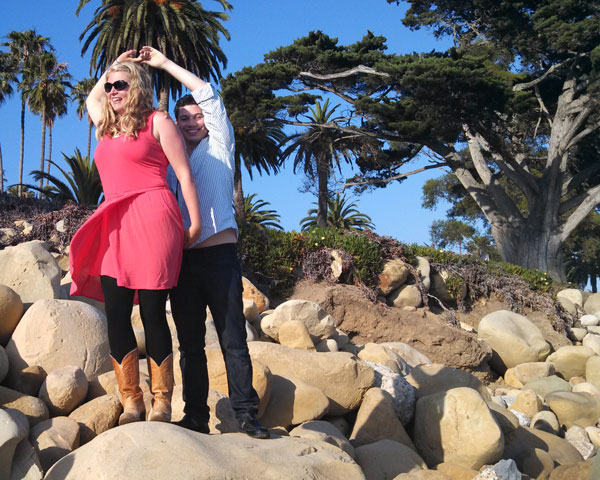[column col=”2/3″]
Compassionate Communication
We yearn to speak the language of the heart, to be understood, to draw closer to the experience of a loved one, to resolve conflicts, and to avoid patterns of withdrawal and avoidance. Some of us want to connect more effectively at work or with our children.
To make connections, we repeat the mantras that we’ve heard, such as “good relationships are built on good communication.” We try our best. We think we make things clear, and still we find ourselves stuck in relationships that involve us in arguments, isolation, or even violence. We long to be safe, connected, and truly alive.
– Richard Rorty
What has science discovered about good connections and communication? It turns out there is more involved than just good, clear words. It turns out that the best communicators, the ones who connect easily to others, have a special skill. They are able to switch between their own experience and the experience of another person. In this imaginative process, they use empathy or compassionate communication to join with each other. Empathy is the ability to stand in the shoes of the other person and discern what life is like for that person, to sense their feelings and their needs, and for them to do so for us in return.
Because empathy is a skill, it can be learned and enriched with practice. Simple techniques can help to identify emotional patterns and head off conflict. Empathy is a universally useful tool. Best of all, it is fun to develop empathy. The reaches of our capacity for empathy are boundless. Compassionate, clear, aware communication enriches our relationships with others and with ourselves. Communication connects us to the life force and the joy that is ours to find along the road.
[/column]
[column col=”1/3″]

– Judy Rintoul

– Diana Fosha
[/column]
[divider]

– Wendell Berry
[/column]
[column col=”1/3″]

– Judy Rintoul
[/column]
[column col=”1/3″]

– Joseph Campbell
[/column]